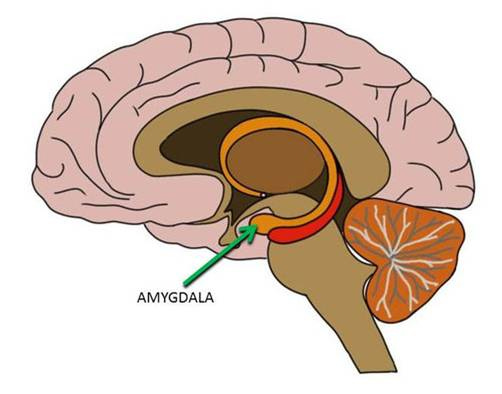DAY 11 - Try the Decisional Balance
MI is not the Decisional Balance is not, but it's a great way to understand it
Todays Prompt: DAY 11 - Try the Decisional Balance
What’s good about change, and what’s hard about change?
What’s good about the way things are, and what’s hard about the way things are?
These are important questions.
How, and when, and why you ask them, or track them, makes all the difference.
Give it a try.
One way to use the Decisional Balance is to help someone organize their experience around an issue or a change they are considering.
Strategic questions, reflections, and summaries do just that, they help the person to organize their experience, so they can take a step back and look at their choices. If they are doing this with safety, the whole brain comes on-line, and choices as well as consequences become clearer.
Of course, there is an art and a science to this.
Want to take a deeper dive?
Join us today at the MI Snack: The Pros and Cons of the Decisional Balance
From yesterday’s comments
How powerful it is to recognize the human side of ambivalence. It creates a sense of validation, a gentle reminder that it’s okay to feel unsure and that I can still take action, even in the midst of that uncertainty. - Fatma
Wishing you a great day of walking with your clients
Tell us your story about how you used todays prompt.
Sky
Not sure what this is or why you are getting it,
Or maybe you would like to join in, click here
MI INTERMEDIATE CLASS:
The Power of Change Talk
June 13, 2025
FEELINGS FORUM
How to deepen MI conversations
when uncomfortable feelings (like sadness or anger) come up.
Wed, June 4, 2025, 3:30-5:00
More info here
--
We are all in this together
Sky Kershner, LPC, ALPS, LCSW, DMin
Assistant Professor, WVU School of Medicine
MINT Certified Trainer of Motivational Interviewing
AAMFT Approved Supervisor / Member IEDTA / PACT L2
304-220-0088 / www.wv-mi.com / the mi-ai practice space










Such a beautiful and moving conversation today in MI Snack. I’m truly grateful for all the wisdom. The touching stories. I am definitely seeing ambivalence differently. And I have so much to take away to use in my own MI day to day as well as my future practice. ❤️. My heart has been touched.
Rethinking Decisional Balance in Motivational Interviewing
In the world of MI, decisional balance—the classic pros and cons list—is often mistaken for a core technique. In truth, Miller and Rollnick have long advised caution. While decisional balance can create space for clients to explore ambivalence, it can also unintentionally reinforce the status quo. When both sides of a dilemma have equal weight, clients may feel more stuck than supported, holding tightly to the familiar instead of moving toward change.
Still, decisional balance is not without value—particularly when approached with nuance and deep respect for client autonomy. Over the past year, under Sky’s tutelage, I’ve come to see a powerful way to work with sustain talk, especially when clients are in pre-contemplation or early contemplation. Rather than rushing to elicit change talk, I’ve learned to linger in the client’s experience of what’s working. I invite them to speak freely about the appeal of the status quo. This isn’t a technique—it’s an act of acceptance.
In a world where many clients have been judged, pressured, or “fixed,” showing genuine curiosity about what keeps them where they are can build something essential: trust. When I demonstrate that I won’t push or persuade, clients often open up. They feel safe enough to explore both sides of their ambivalence—sharing the costs of staying the same or hopes they quietly hold for change. In these moments, change talk arises not because I’ve evoked it but because the client feels safe enough to voice it.
Even when a client has moved into later stages of change, I pay close attention to any return of sustain talk. When it resurfaces, I gently return to the engaging task, making room for the client to explore what’s still unresolved. We give the status quo the attention it deserves—not to reinforce it, but to honor its role in the client’s story. From there, we return to evoking change talk, now with more clarity and trust.
At its core, MI is a method for evoking change talk and strengthening motivation. But that doesn’t mean we ignore sustain talk or avoid decisional balance. Used skillfully, they can deepen rapport, model respect, and create the safety needed for authentic exploration. I’m encouraged by this evolving understanding within the MI community. It reflects what I’ve seen in my practice: that sometimes, the way forward begins by standing still—with empathy, curiosity, and a willingness to walk alongside.